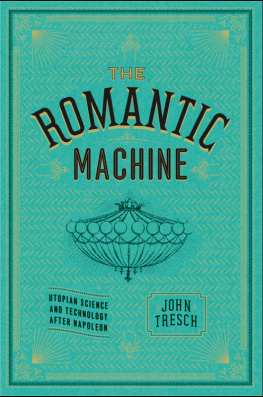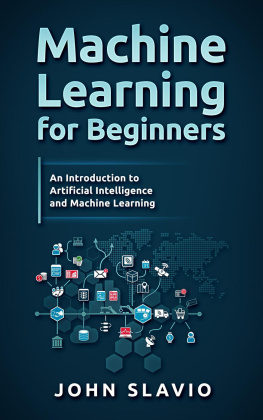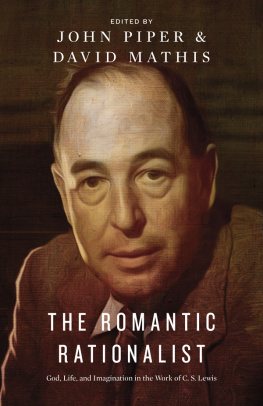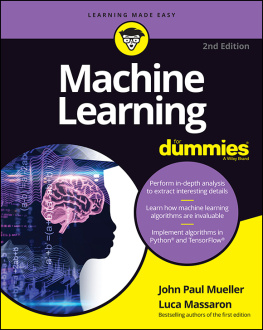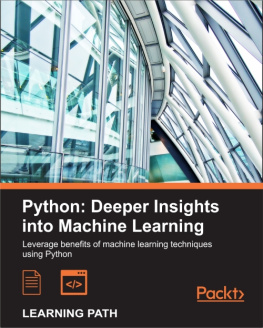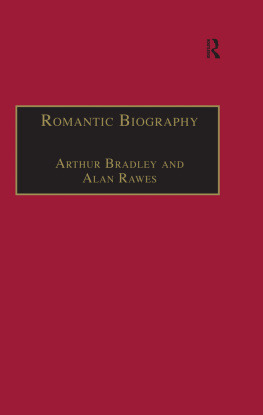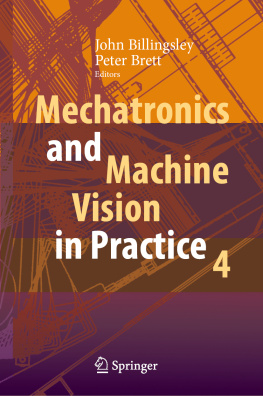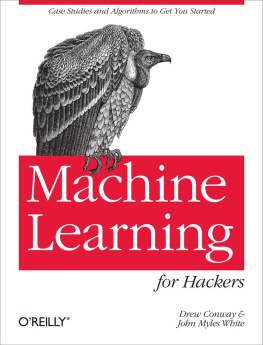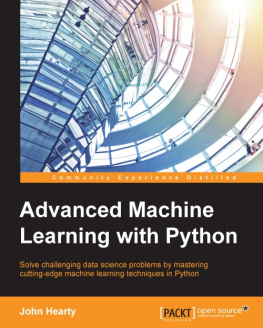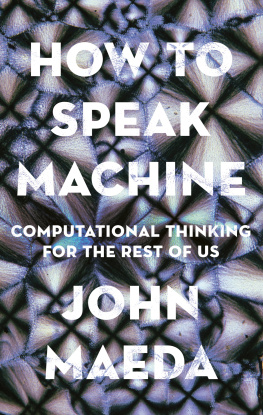John Tresch - The Romantic Machine
Here you can read online John Tresch - The Romantic Machine full text of the book (entire story) in english for free. Download pdf and epub, get meaning, cover and reviews about this ebook. year: 2012, publisher: University of Chicago Press, genre: Science. Description of the work, (preface) as well as reviews are available. Best literature library LitArk.com created for fans of good reading and offers a wide selection of genres:
Romance novel
Science fiction
Adventure
Detective
Science
History
Home and family
Prose
Art
Politics
Computer
Non-fiction
Religion
Business
Children
Humor
Choose a favorite category and find really read worthwhile books. Enjoy immersion in the world of imagination, feel the emotions of the characters or learn something new for yourself, make an fascinating discovery.
- Book:The Romantic Machine
- Author:
- Publisher:University of Chicago Press
- Genre:
- Year:2012
- Rating:4 / 5
- Favourites:Add to favourites
- Your mark:
- 80
- 1
- 2
- 3
- 4
- 5
The Romantic Machine: summary, description and annotation
We offer to read an annotation, description, summary or preface (depends on what the author of the book "The Romantic Machine" wrote himself). If you haven't found the necessary information about the book — write in the comments, we will try to find it.
The Romantic Machine — read online for free the complete book (whole text) full work
Below is the text of the book, divided by pages. System saving the place of the last page read, allows you to conveniently read the book "The Romantic Machine" online for free, without having to search again every time where you left off. Put a bookmark, and you can go to the page where you finished reading at any time.
Font size:
Interval:
Bookmark:

THE ROMANTIC MACHINE
Utopian Science and Technology after Napoleon
JOHN TRESCH
THE UNIVERSITY OF CHICAGO PRESS
Chicago and London
JOHN TRESCH is associate professor in the Department of History and Sociology of Science at the University of Pennsylvania.
The University of Chicago Press, Chicago 60637
The University of Chicago Press, Ltd., London
2012 by The University of Chicago
All rights reserved. Published 2012.
Printed in the United States of America
| 21 20 19 18 17 16 15 14 13 12 12345 |
ISBN-13: 978-0-226-81220-5 (cloth)
ISBN-10: 0-226-81220-0 (cloth)
ISBN-13: 978-0-266-81222-9 (e-book)
Library of Congress Cataloging-in-Publication Data
Tresch, John.
The romantic machine : utopian science and technology after Napoleon / John Tresch.
p. cm.
Includes bibliographical references and index.
ISBN-13: 978-0-226-81220-5 (hardcover : alkaline paper)
ISBN-10: 0-226-81220-0 (hardcover : alkaline paper) 1. TechnologySocial aspectsFrance19th century. 2. UtopiasFranceHistory19th century. 3. MachinerySocial aspects19th century. 4. ScienceSocial aspects France19th century. 5. TechnologyPhilosophy19th century. 6. RomanticismFrance. 7. FranceHistoryFebruary
Revolution, 1848. I. Title.
T26.F8T74 2012
509.4409034dc23
2011038172
 This paper meets the requirements of ANSI/NISO Z39.481992 (Permanence of Paper).
This paper meets the requirements of ANSI/NISO Z39.481992 (Permanence of Paper).
To all of my teachers, and most of all to Simon Schaffer, Bruno Latour, and George Stocking
Every epoch has its technology, and this technology has the style of an epoch: a style that demonstrates to what extent everything is connected, and to what extent everything interferes with everything else.
LUCIEN FEBVRE
You are not the same as or different from conditions on which you depend; you are neither severed from nor forever fused with them.
NAGARJUNA, translated by Stephen Batchelor
We shape our tools and they in turn shape us.
MARSHALL MCLUHAN
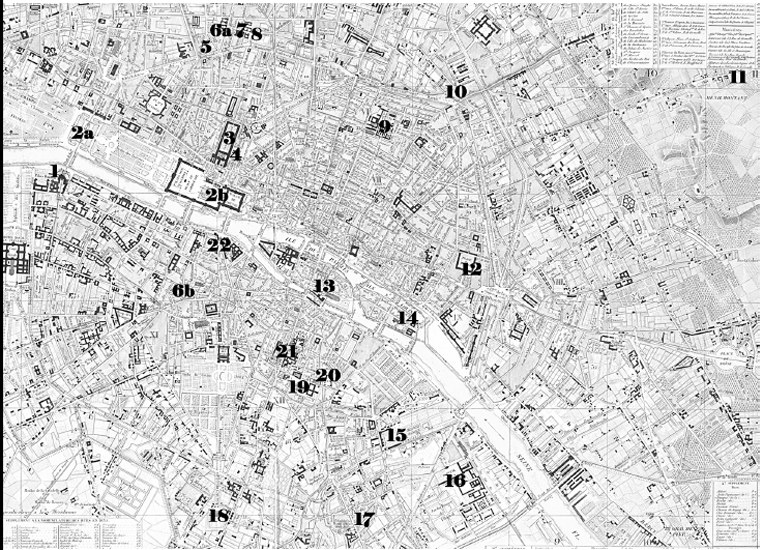
Detail from Girard Xavier, Plan de la ville de Paris divis en 12 arrondissements, en 48 quartiers indiquant tous les changemens faits et projts (Paris, 1843). Hand-colored engraved map, 53 96 cm. John Hay Library Maps Collection.
Chambre des Dputs
Sites of Expositions Nationales: 2a, Concorde; 2b, Louvre
Wooden Galleries and Palais Royal
Athne Royal de Paris
Robert-Houdins theater for Soires Fantastiques
Saint-Simonian lecture halls: 6a, Salle Taitbout; 6b, Rue Taranne
Opra de Paris, Salle Le Peletier
Mairie du IIme Arrondissement (Comtes Astronomy Lectures)
Conservatoire Nationale des Arts et Mtiers (CNAM)
Daguerres Diorama
Retreat of Saint-Simonians at Mnilmontant
Hugos house at Place des Vosges
Notre Dame; Saint-Simonian Temple
Htel Pimodan (Club des Hachichins)
Musum dHistoire Naturelle, Jardin des Plantes
Salptrire (Esquirol, Georget, magnetism research)
Gobelins manufactory (Chevreul)
Observatory of Paris
Panthon
Ecole Polytechnique
Sorbonne (Cousin and company)
Academy of Sciences
CONTENTS
PREFACE
Absolute and In-between
The kinds of machines we use are bound up with the ways we think about nature and the ways we know it. When our machines and our understandings of them change, so does nature, and so does our view of knowledge. The dominant image of modern science has depended on certain exemplary classical machines: balances, levers, and clocks. These imply a nature that is stable, fixed, and made of discrete points of matter, subjected to a limited number of forces in equilibrium; they also suggest a view of knowledge as a detached, impersonal, and emotionless objectivity. This image was solidified in the seventeenth century and continues to exert a powerful hold on our ideas of what science is and ought to be.
This book examines a period in which a different image of scienceas a theory of nature and a theory of knowingappeared, at the same time as a new set of machines came on the scene: steam engines, batteries, sensitive electrical and atmospheric instruments, improved presses, and photography. These were romantic machines. Unlike classical machines, they were understood as flexible, active, and inextricably woven into circuits of both living and inanimate elements. These new devices accompanied a new understanding of nature, as growing, complexly interdependent, and modifiable, and of knowledge, as an active, transformative intervention in which human thoughts, feelings, and intentionsin short, human consciousnessplayed an inevitable role in establishing truth.
This alternative scientific tradition rose to prominence in the 1820s, 1830s, and 1840s amid the upheavals of early industrialization. I focus on its manifestations in Paris, the city to which many looked for signs of things to come. After 1850 the classical image of science again took the upper hand; even today, we largely take for granted that real knowledge is possible only where there is a radical divide between subjects and objects and where nature is reduced to discrete, predictable mechanisms. Yet this other view, which I call mechanical romanticism, made major contributions to physics, evolutionary theory, the social sciences, mass entertainment, modern transport and communications, and precipitated the Revolution of 1848. This book reconstructs this neglected theory of nature and knowledge, one that may be a resource for those who seek to redraft the relationships between machines, knowledge, and the earth.
No one better captured the drama and the high stakes involved in this new way of thinking than Honor de Balzac, who called The Human Comedy, his interlocking series of novels, a natural history of society. His novel of 1834, The Quest for the Absolute, featured a character, Balthazar Clas, who trained in Paris with the chemist Lavoisier. After returning to comfortable domesticity in the northern province of Douai, Clas received a visit from a shadowy Polish scientistmodeled on the real-life Count Hone-Wronski, a mathematician, inventor, and mysticwho revealed to him the existence of the Absolute. This was the underlying principle of matter and life: the First Cause, the key to all the phenomena of nature... the last word of creation.
Clas was enthralled. He immediately threw his energies and his fortune into the experimental isolation and control of this principle. He spent his days and nights in an attic laboratory, surrounded by ominous machines of metal and glass, conducting strange experiments with rare substances delivered from Paris, powered by voltaic batteries and the suns light and heat. When his wife pressed him about the vast sums literally going up in smoke, he assured her that once he grasped the Absolute, wealth would be an afterthought, because power over matter and life would be his.
Much like the prima materia of the ancient alchemists, the Absolute held matter together, fueled animal life, and lay behind human thought. Mankind, Clas explained, was the most perfect device that nature had created to wield this force:
Each time that nature has perfected an apparatus, into which for some unknown reason she has added the three distinct degrees in the system of organic naturefeeling, instinct, or intelligencethese tend towards a combustion whose action is in direct proportion to its results. Mankind, which represents the highest level of intelligence and which is the apparatus that demonstrates a power of near-creationthe faculty of
Font size:
Interval:
Bookmark:
Similar books «The Romantic Machine»
Look at similar books to The Romantic Machine. We have selected literature similar in name and meaning in the hope of providing readers with more options to find new, interesting, not yet read works.
Discussion, reviews of the book The Romantic Machine and just readers' own opinions. Leave your comments, write what you think about the work, its meaning or the main characters. Specify what exactly you liked and what you didn't like, and why you think so.

